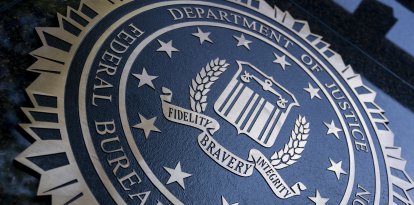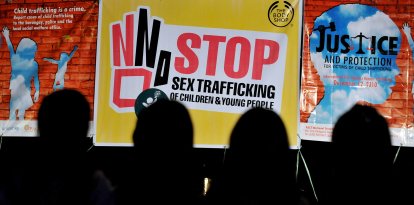Polio has returned to the United States
After nearly a decade without any recorded cases, a man in New York is infected

The virus responsible for polio (Sanofi Pasteur - Flickr).
A case of polio was reported in New York, after almost a decade without polio infection in the country. The infected person is an unvaccinated young adult. He began experiencing paralysis and weakness, Rockland County Health Commissioner Patricia Schnabel Ruppert said Thursday.
Indications suggest that this new case may have been generated outside the United States, according to the New York State Department of Health.
This new case emerges almost a month after the U.K. Health Safety Agency warned that it had detected poliovirus in sewage samples from London, indicating that some spread may have occurred in people closely linked in the north and east of the British capital.
Due to the success of the vaccine, which was introduced in 1955, and a national vaccination program, polio cases declined dramatically in the US in the late 1950s and early 1960s. The last natural cases date from 1979. The most recent ones were not wild strains, and the latest on record with the Center for Disease Control and Prevention is from 2013.
"Based on what we know about this case and polio in general, the Department of Health strongly recommends that unvaccinated persons be vaccinated or boosted with the FDA-approved IPV polio vaccine as soon as possible," asked state Health Commissioner Mary T. Bassett.
Polio
Polio is an infection caused by the poliovirus and is transmitted from person to person. About 1 in 4 infected individuals are considered to have flu-like symptoms: sore throat, fever, fatigue, nausea, headache, and stomach pain.
Other clinical manifestations that also occur in polio infection include tingling and numbness in the legs and an infection of the brain or spinal cord and paralysis, according to information provided by the Centers for Disease Control and Prevention.
There is no cure for polio, but there are treatments to alleviate the symptoms, although the paralysis it causes is permanent.
RECOMMENDATION





















